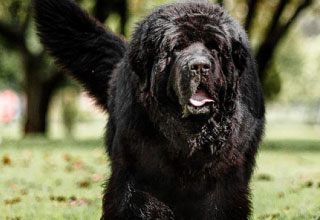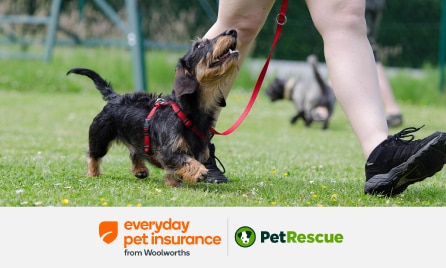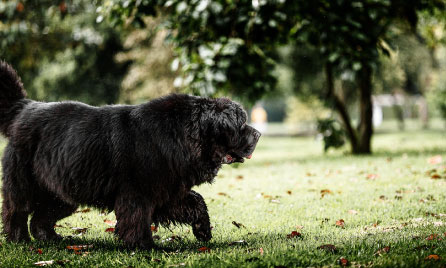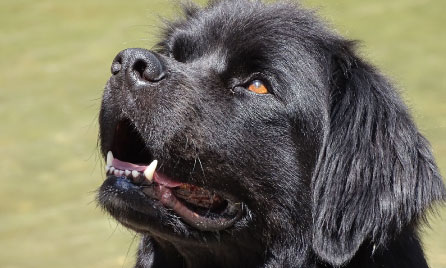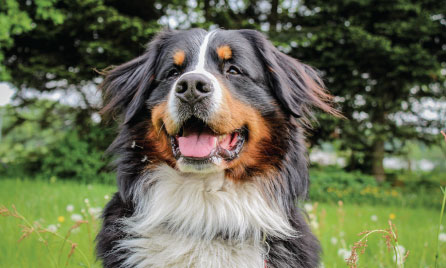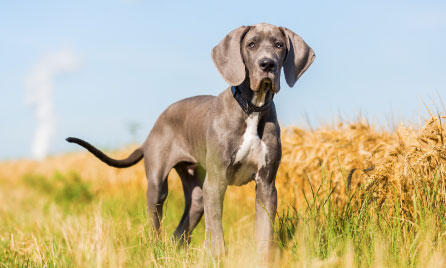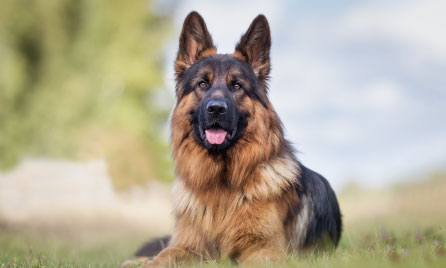- text
-
# Policy Terms and Conditions, exclusions and limits apply. Benefit limit amounts vary by level of cover.
Information about Newfoundland.
- Information about Newfoundland.
- Newfoundland breed information.
- Should I get a Newfoundland?
- Newfoundland personality.
- Taking care of a Newfoundland.
- Common Newfoundland health conditions.
- The cost of insuring a Newfoundland.
- Need Pet Insurance for your Newfoundland?
- Why pick Everyday Pet Insurance?
The Newfoundlands were first bred as working dogs in the Newfoundland region of Canada. They are one of the giant breeds of dogs, as they tend to be taller and heavier than other breeds. Newfoundlands are water lovers by nature, so they should preferably have access to a paddle pool and some yard space for exercise, but they can adjust to living indoors due to their mild nature.
Want to learn more about this breed? Read our guide below to see if Newfoundlands are the pet for you.
